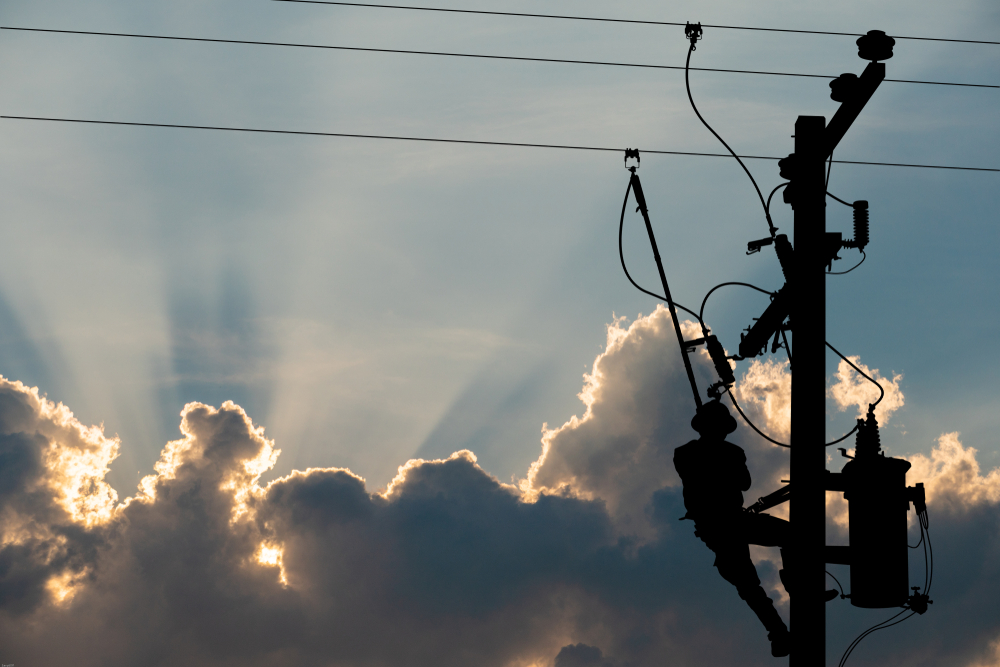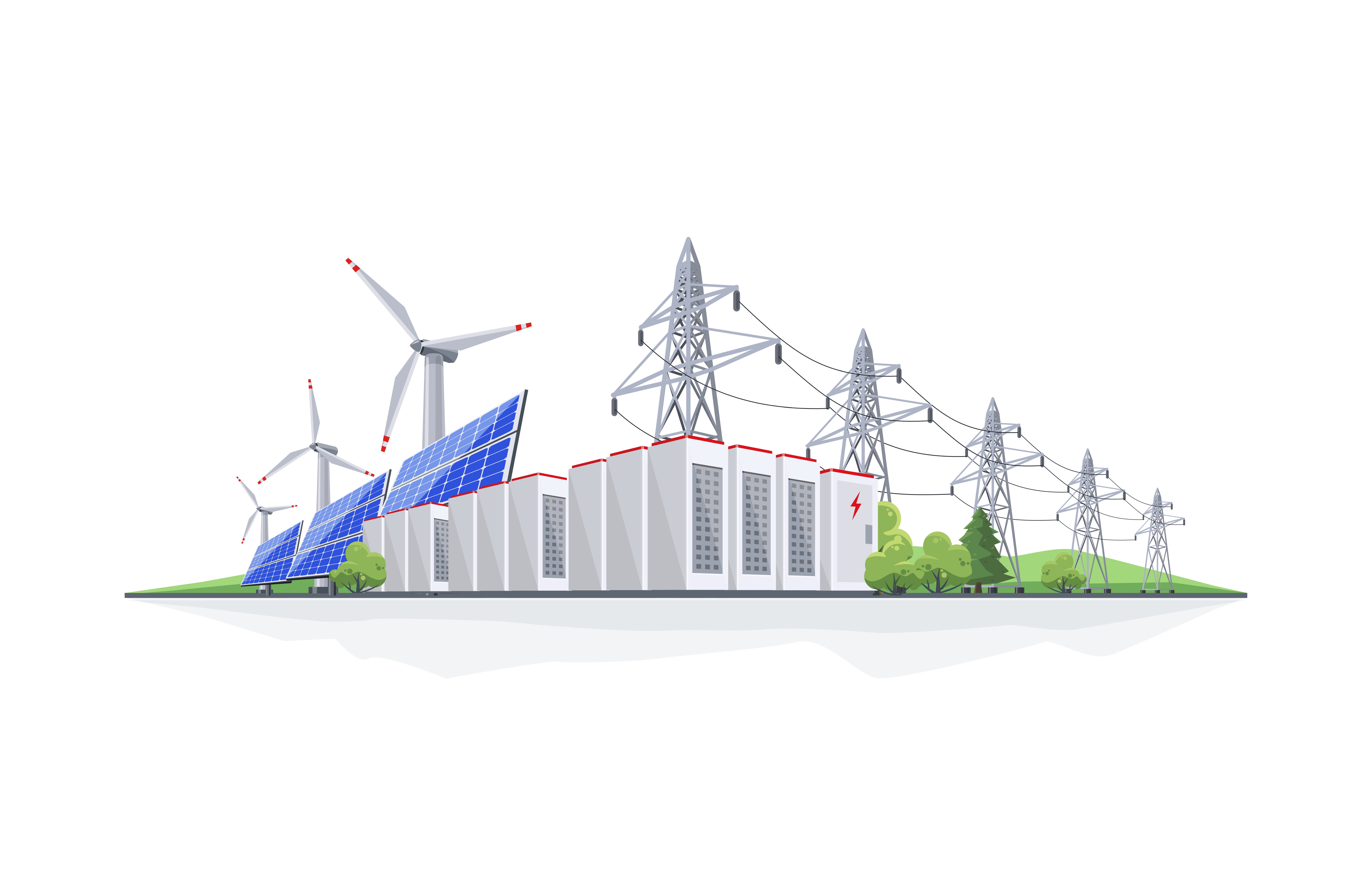Safe, Reliable, and Affordable Is Not Enough: Investing in Distributed Energy Resources Programs is More Important Than Ever

In November 2019, we asked “Remember when providing safe, reliable, and affordable energy was all that it took to run a successful utility?” Those were the days before distributed energy resources (DERs) challenged utilities through customer defection or through reshaping the grid, a challenge that continues today. Fortunately, while DER adoptions continue to rise and access to broadband increases, utility program managers can leverage these same energy assets for demand flexibility initiatives like demand response and EV managed charging, to name a few.
Through a distributed energy resource management system (DERMS), utilities can manage distributed energy resources in aggregate to either conserve or reinfuse energy into the grid during peak demand. While demand flexibility does work to mitigate energy insecurity and defer costly infrastructure upgrades, investments in distributed energy resource (DER) programs remain necessary for utilities to meet customer needs during the energy transition.
The State of Renewable Energy Programs
The future is bright for the distributed energy resource market. A recent analysis revealed that the DER market will nearly double by 2027 to nearly $68b per year. While this is a significant display of consumer interest, it also serves as a warning to utility companies to prepare for the inevitable boom. Distributed energy resources are useful in many demand flexibility tactics, including the aforementioned demand response, a concerted conservation effort that curtails usage during peak periods of demand. In 2022, there were more than 10m customers enrolled in U.S. demand response programs, which yielded a combined 1004.03 gWh the same year.
All told, the market for distributed energy resources (DER) remains robust and promising, furthered by helpful legislation like the Inflation Reduction Act or Bipartisan Infrastructure Bill, both of which were designed to encourage the adoption of renewable energy programs. This has included manufacturing mandates for electric vehicles, and while those mandates may slow to match consumer and industry needs, the future is electric. Beyond just any political, social, or philosophical reasoning, reliance on fossil fuels is untenable for any utility hoping to persevere without dramatically increasing operational costs.
Distributed Energy Resources Remain a Strategic Priority
The consensus is clear. Utilities that fail to plan for the surge of DERs do so at their own peril, risking harm not only to their customers but also their bottom lines. In fact, that exact challenge has already happened. In October 2019, Utility Dive reported that failure to properly plan for increased distributed energy resource penetration will lead to costly missteps.
Distributed energy resources should be a top priority for utilities. In fact, an industry-wide survey of energy providers positioned DER as the most important application to support in the next three to five years. Nearly three-quarters (74%) of the respondents to Black & Veatch’s 2019 Strategic Directions: Smart Utilities Report, published in Transmission & Distribution World, indicated that DER will shape their distribution infrastructure in the future, followed by EV charging (56%), and battery storage (49%).
Even in this snapshot from nearly five years ago, you can see the growing importance of distributed energy resources. According to T&D World, “The key drivers of distribution system investments that utilities are making to modernize their grids stem from assets that utilities often don’t own: distributed energy resources (DERs) such as rooftop solar arrays, electric vehicles (EVs), and battery energy storage systems.”
Safe, Reliable, & Affordable Conclusion
To meet customer needs, distributed energy resources provide the load flexibility necessary for a smarter grid. With energy costs on the rise, customers are increasingly concerned with rising costs. Likewise, analysts report that the U.S. grid will cost 2.5t to upgrade by 2035, which promises to only add to economic turmoil. Fortunately, distributed energy resources are already there and more are coming, providing load management opportunities for utilities. Is your utility prepared for what’s coming?
This article was originally published on November 15, 2019 with updates made on March 29, 2024.






